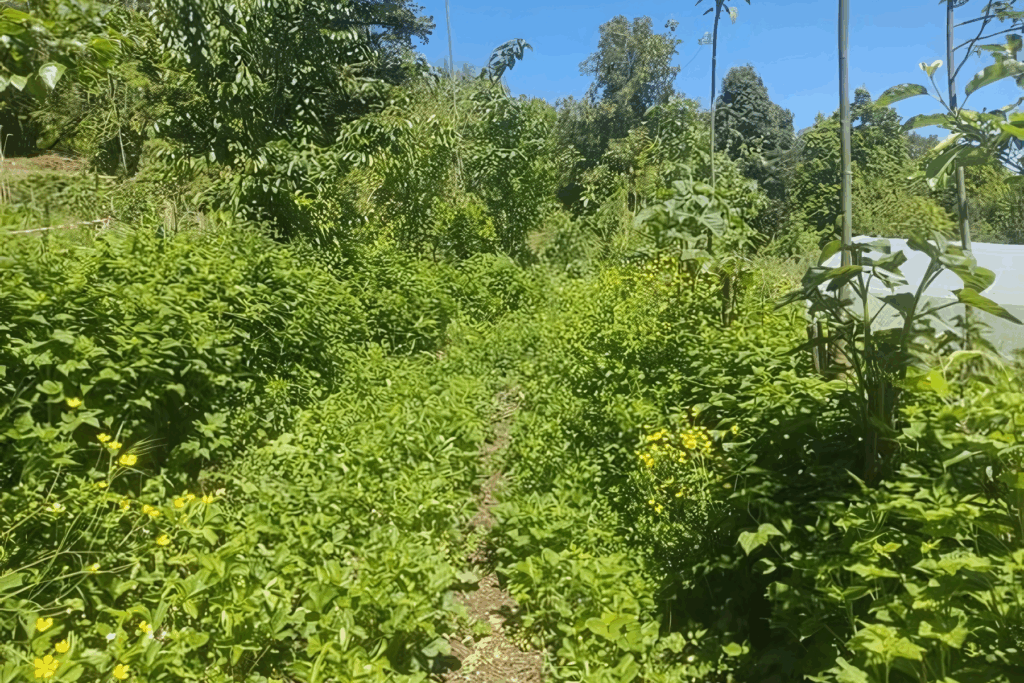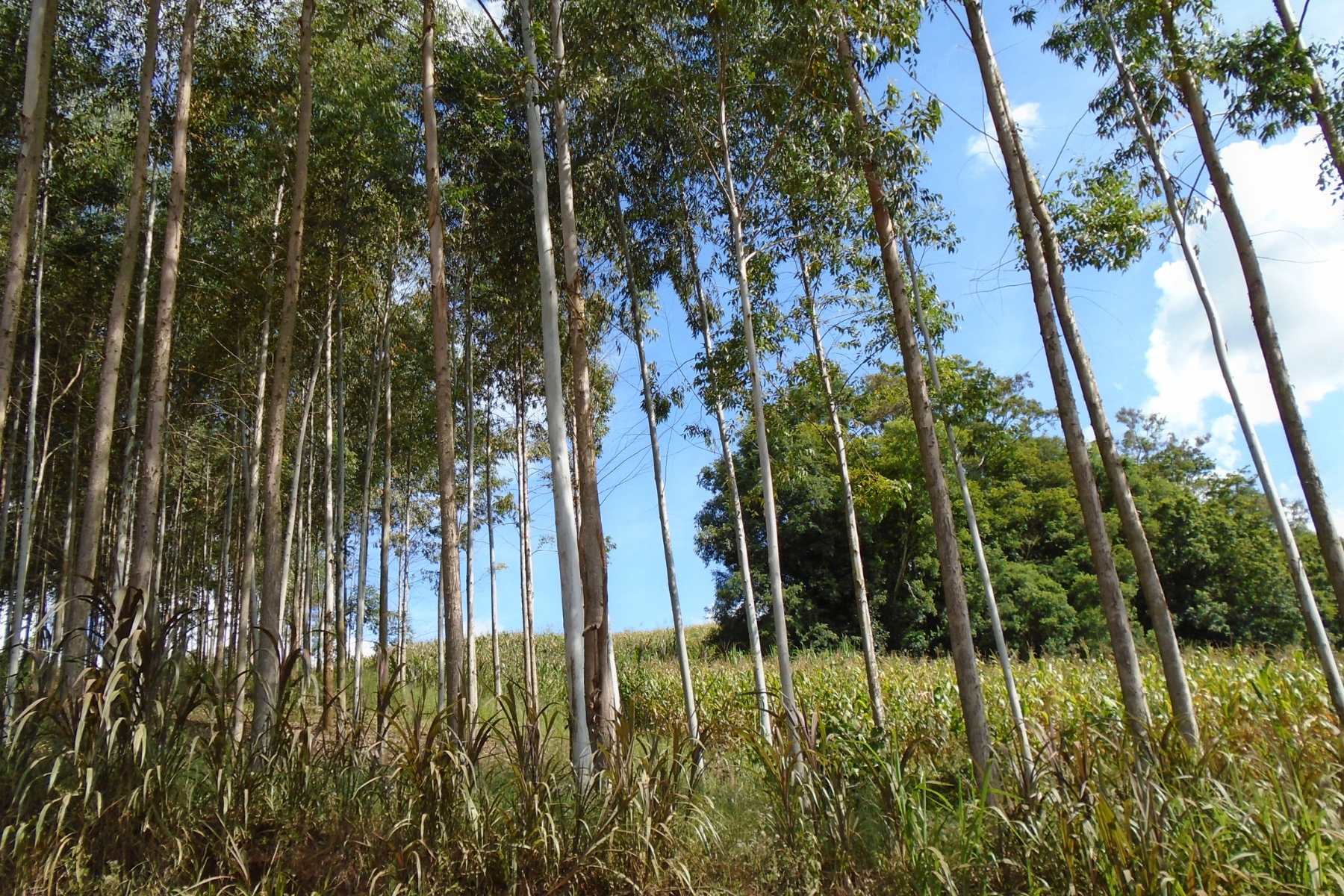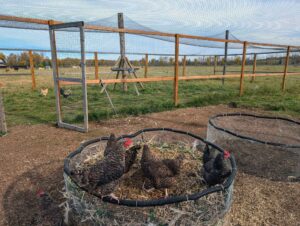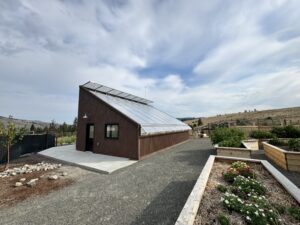Nowadays, the world is facing ecological uncertainty and increasing pressure on global food systems, and many families are turning to regenerative practices to ensure self-sufficiency, food security, and ecological stewardship. One of the most promising frameworks for achieving these goals on a small scale is syntropic agroforestry. This regenerative concept is a systems-based approach to farming that draws inspiration from natural forest succession to create abundant, biodiverse, and resilient foodscapes.
Syntropic agroforestry is an efficient way to grow food and transform the landscape, but its advantages are far more important. For homesteaders, it offers something deeper: a pathway to personal and family resilience, and a living legacy of restored land for future generations. With the right approach, that land can become a self-renewing ecosystem, a source of nourishment and learning, and, perhaps most importantly, a living gift to the generations that follow.
What is Syntropic Agroforestry?
Swiss farmer and geneticist Ernst Götsch developed the concept of syntropic agroforestry, a method of working with nature’s successional logic instead of acting against it. The key concept behind it is not to plant monocultures or static orchards, but a syntropic system should involve layered, time-sequenced plantings that mimic the structure and dynamics of a forest.

At the core of the system are three principles:
- Syntropy, the tendency of life to self-organize and build complexity (as opposed to entropy, which breaks things down),
- Succession, the natural sequence through which ecosystems evolve from pioneer plants to mature forests,
- Stratification or the vertical layering of vegetation to optimize light capture and biomass.
A syntropic plot might combine short-lived vegetables with mid-height shrubs, fast-growing shade trees, and slow-developing timber or fruit species, all occupying distinct ecological niches. Over time, the system shifts from quick-yielding annuals to resilient, semi-autonomous polycultures. The result? High yields of food, medicine, fuel, timber, and soil fertility along the way.
A System Rooted in Self-sufficiency
What sets syntropic agroforestry apart is its focus on photosynthesis and biomass as drivers of fertility. Rather than applying fertilizers, the system feeds itself through pruning, mulching, and plant synergy.
For homesteaders working on private land, syntropic agroforestry offers a framework for independence.
The combination of vegetables, herbs, fruit-bearing shrubs, and long-lived timber or nut trees in one system, homesteaders can achieve year-round production while reducing reliance on external inputs. Carefully selected species can provide food and fulfill ecological functions such as fixing nitrogen, producing mulch, attracting pollinators, or regulating water.
For instance, in a Mediterranean or temperate homestead, one might start with a “placenta” consortium of black beans (ground cover), lettuce (medium), broccoli (canopy), and sunflowers (emergent). As the system matures, longer-lived plants such as pomegranate, avocado, and eucalyptus take over, while fast-growing pioneer trees like alder provide shade and biomass. This dynamic layering offers continual harvests while increasing soil fertility and biodiversity.
On degraded or water-limited soils, the early use of species like pigeon pea, castor bean, or paulownia helps restore organic matter and shade the soil. These fast-growing species can be pruned regularly, and instead of discarding or burning the remains, we can return them to the land as mulch, feeding the next wave of growth and protecting the ground from evaporation or erosion.This helps keep the soil moist, especially under drought conditions, which is an increasing concern in many regions.
In climates with intense sun or fluctuating rainfall, such as much of the western U.S., southern Europe, or Australia, fast-growing shade trees are especially valuable. Paulownia trees, for example, can grow over 5 meters per year and develop an umbrella-like canopy that shades tender crops during the hottest hours. Their pruned biomass can be used directly as mulch or compost.
Designing for Succession and Legacy
One of the most powerful aspects of syntropic agroforestry is their use of time as a design element. Planting for a single season is one thing, but homesteaders should plan for decades. The land becomes not just productive, but increasingly fertile over time which can be the biggest gift to future generations.
The design process begins with observing the land: Its microclimates, soil types, water availability, and sunlight patterns. From there, species are selected across time (succession) and space (stratification). Ideally, all species from all stages are planted together to initiate the system’s evolution with minimal soil disturbance.
For example, a family might plant:
- Year 1–2 (Placenta stage): Quick-growing vegetables, herbs, legumes, and short-cycle fruit like strawberries or bush beans.
- Years 2–5 (Secondary stage): Medium-lifespan shrubs and fruit trees (e.g., pomegranate, elderberry, loquat).
- Years 5–15+: Long-cycle species like walnut, chestnut, or oak begin to establish, providing canopy and legacy value.
Each planting wave builds on the last, with strategic pruning and replanting cycles sustaining the system’s rhythm.
Practical Notes for the Homestead Scale
There’s no master blueprint for syntropic design. What is our most important tool is a set of principles that require observation, patience, and adjustment. Still, a few ideas tend to hold true across regions:
- Density matters, but diversity matters more. Avoid rows of the same species. Mix leaf shapes, growth speeds, and root depths.
- Start with what thrives now, not what you hope might grow in five years. If your land is dry and compacted, don’t start with avocados but it might be better to start with millet, legumes, or native pioneers.
- Invest in biomass. Choose species that grow fast and can be cut for mulch (e.g., comfrey, pigeon pea, moringa).
- Irrigation should be temporary. Over time, as canopy cover increases and organic matter builds up, water needs decline. But in the early years, strategic drip irrigation may be necessary, especially in dry regions.
- Embrace experimentation. Every site is different since soil, sun, and slope all influence the best combinations.
- There will be gaps, failures, and surprises. That’s part of the learning curve. It’s better to treat the system as a living experiment than a checklist.
Beyond Productivity: Building a Living Legacy
For many families, the real motivation behind adopting syntropic agroforestry is a way to create something enduring. A food forest that produces long after the gardener has stopped working. A shaded grove that offers medicine, fruit, and beauty for children not yet born.
The system is based on regenerative loops through the idea that plants feed other plants, soil feeds itself, and structures support succession. This makes it clear that the system doesn’t rely on constant correction. Once established, it becomes a teacher, showing younger generations how to read the land, observe rhythms, and work with life rather than against it.
And unlike conventional plots, which often need to be re-cleared, re-tilled, or re-planned every few years, a syntropic homestead gains richness with age. In this way, it becomes a form of ecological inheritance and not just land, but land that remembers how to thrive.
At Wikifarmer, we believe in empowering individuals to cultivate abundance and resilience through knowledge and collaboration. If you’re interested in learning more about regenerative practices, agroforestry systems, and sustainable homesteading, the Wikifarmer Library offers a wide range of expert-backed articles and guides. For those eager to deepen their understanding through structured learning, the Wikifarmer Academy provides free educational courses designed for growers, students, and professionals alike.





